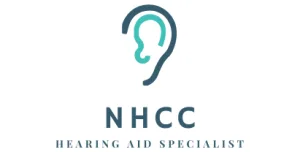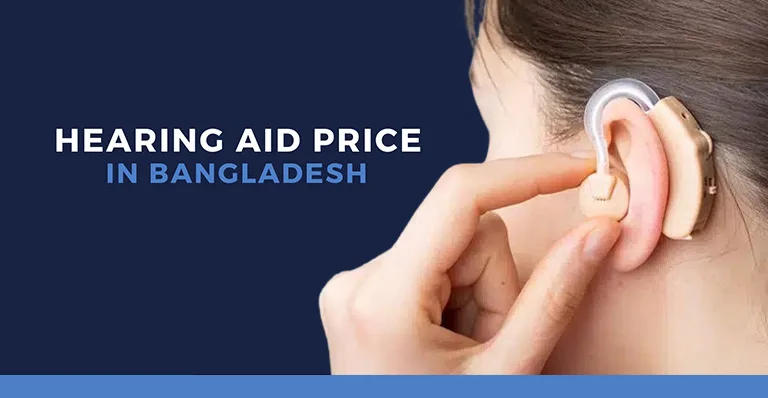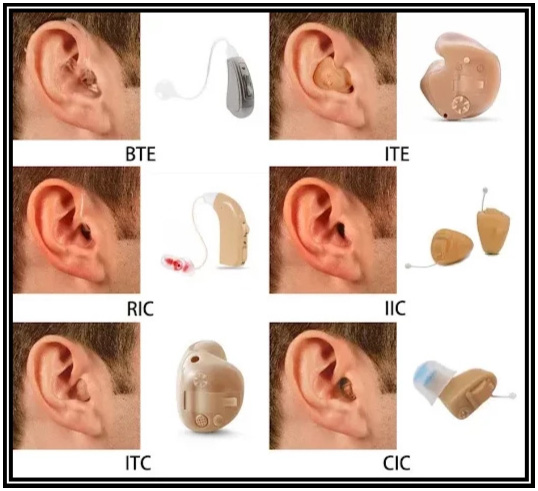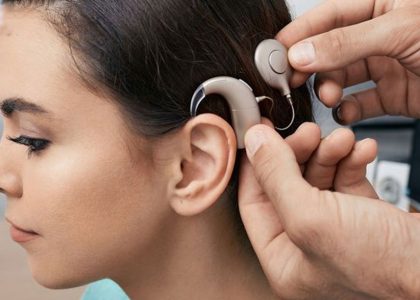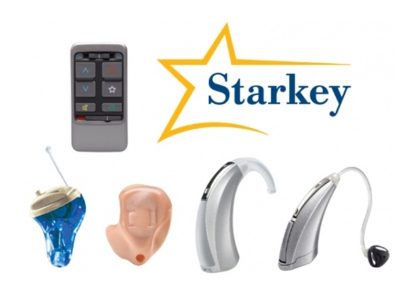Hearing aids are important devices that help people hear better. They make sounds clearer and improve communication. In Bangladesh, where cities like Dhaka are always busy and noisy, many people need these devices to hear well. This article provides information about Starkey hearing aid price in Bangladesh and other relevant details. We want to make it easy for everyone to understand why hearing aids cost, and what they do. By looking at different factors like technology, money, and rules, we hope to help people learn more about how to choose the right hearing aid within budget. Our goal is to share the knowledge you need to make good decisions about your hearing health.
Starkey Hearing Aid Price in Bangladesh
–
–
Common Hearing Aid Models
| Picture | Model | Price (BDT) |
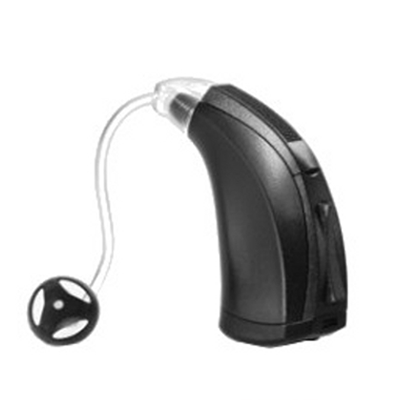 | Starkey Axio 4 | ৳ 21,500.00 |
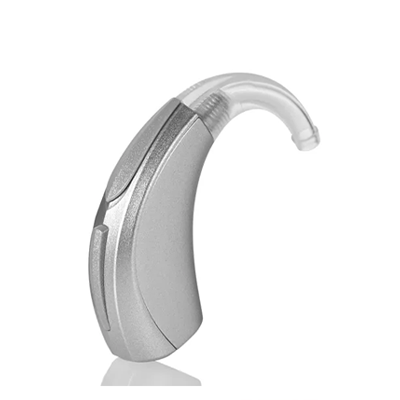 | Strakey Axio 6 | ৳ 22,500.00 |
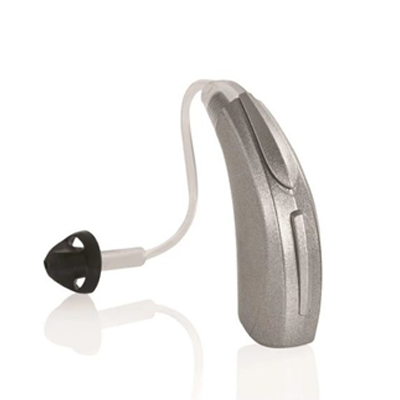 | Starkey Muse IQ1200 | ৳ 45,000.00 |
 | Starkey Muse 1000 | ৳ 30,000.00 |
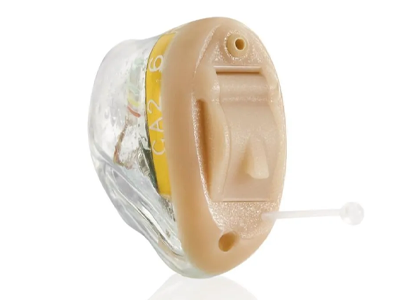 | SoundLense IQ 1000 | ৳ 45,000.00 |
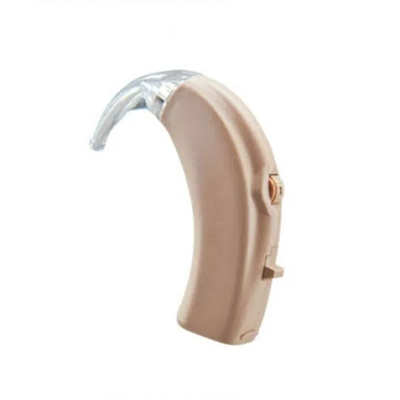 | Aries Pro 675 | ৳ 24,000.00 |
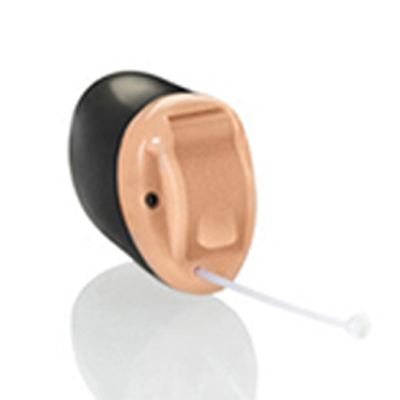 | SoundLens IQ 2000 | ৳ 180,000.00 |
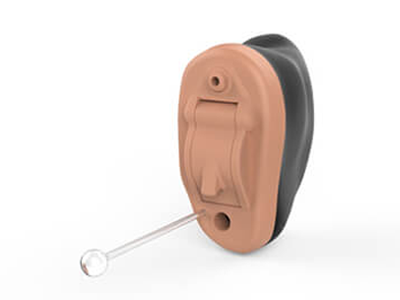 | SoundLens IQ i2400 | ৳ 400,000.00 |
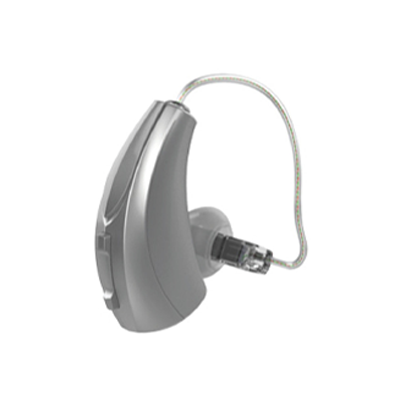 | Muse IQ i2400 | ৳ 330,000.00 |
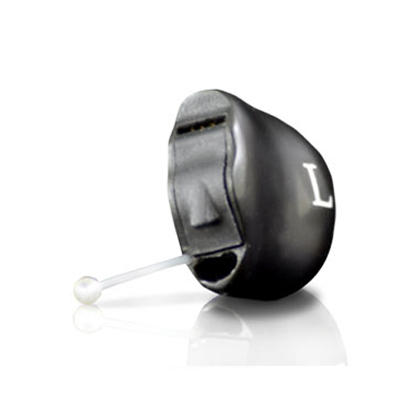 | Picasso i2400 | ৳ 420,000.00 |
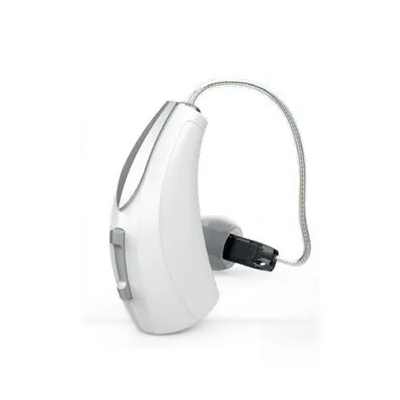 | Starkey Livio 1000a | ৳ 50,000.00 |
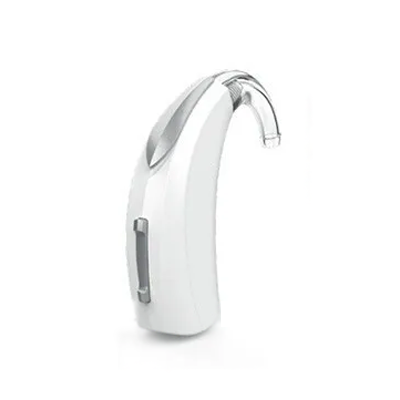 | Starkey Livio 1000 | ৳ 70,000.00 |
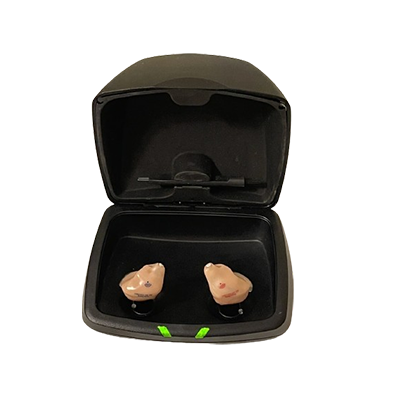 | Starkey Livio 1200 | ৳ 100,000.00 |
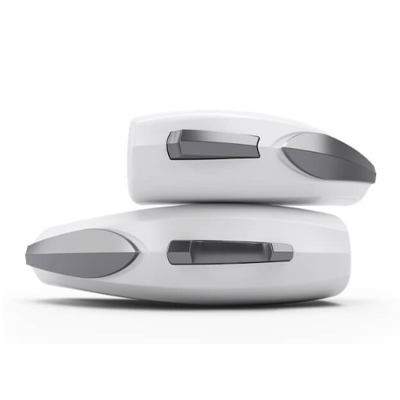 | Starkey Livio 1600 | ৳ 190,000.00 |
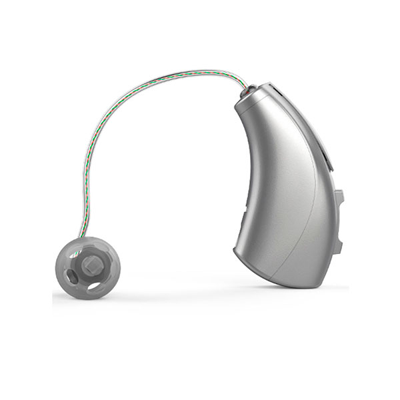 | Starkey Livio 2000 | ৳ 300,000.00 |
 | Starkey Livio 2400 | ৳ 400,000.00 |
–
–
Entry Level Hearing Aid Models
| Picture | Model | Price |
 | Starkey Axio 4 | 21,500.00৳ |
 | Starkey Axio 6 | 22,500.00৳ |
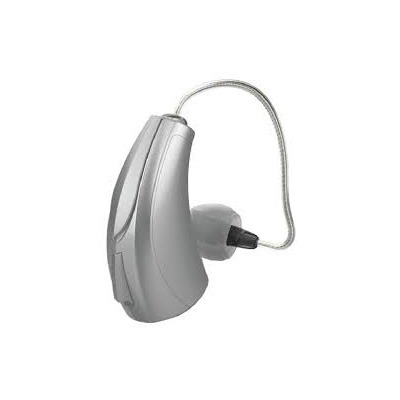 | Starkey Circa 1000 | 45,000.00৳ |
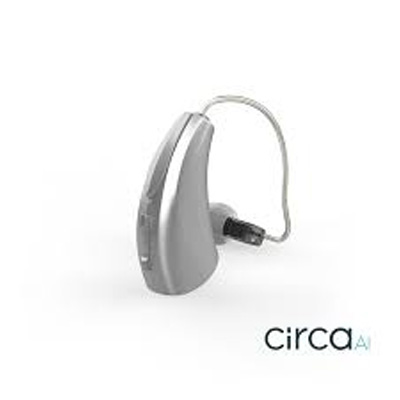 | Starkey Circa AI 1000 | Call for price |
 | Starkey Muse iQ 1000 | 30,000.00৳ |
 | Starkey Livio 1000 | ৳ 70,000.00 |
 | Starkey Aries Pro 675 | 24,000.00৳ |
–
–
Mid-Level Hearing Aid Models
| Picture | Model | Price |
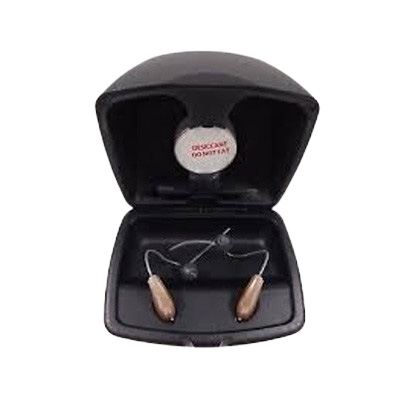 | Starkey Circa 1200 | Call for price |
 | Starkey Circa AI 1200 | Call for price |
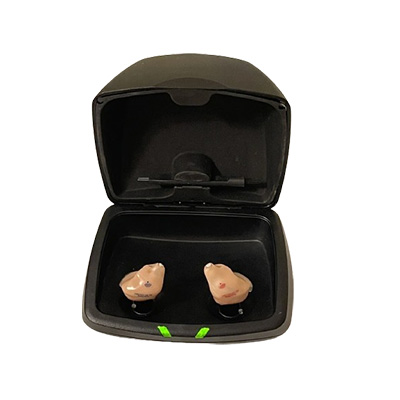 | Starkey Livio AI 1200 | 100,000.00৳ |
 | Starkey Livio Edge AI 1200 | Call for price |
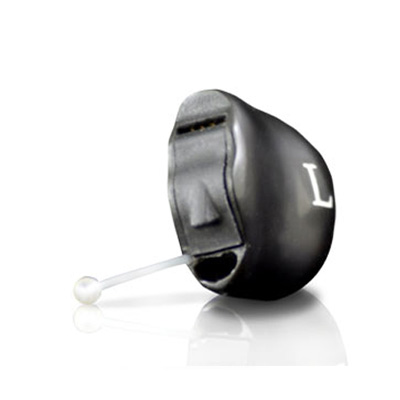 | Starkey Picasso 1200 | Call for price |
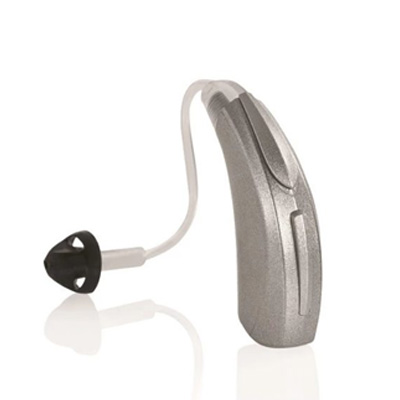 | Starkey Muse iQ 1200 | 45,000.00৳ |
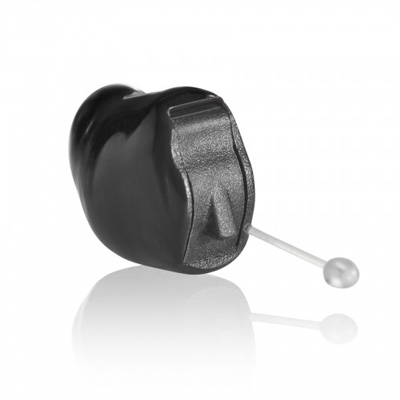 | Starkey SoundLens iQ 1200 | Call for price |
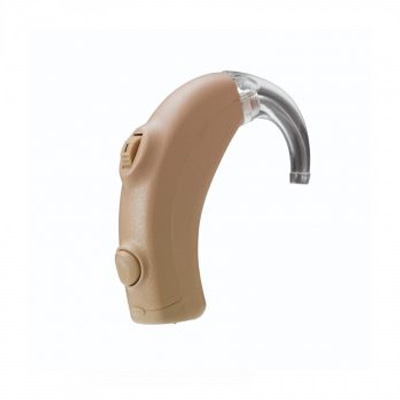 | Starkey Aries Pro 312 RIC | Call for price |
–
–
Premium Hearing Aid Models
| Picture | Model | Price |
 | Starkey Circa AI 1600 | Call for price |
 | Starkey Livio AI 1600 | Call for price |
 | Starkey Livio Edge AI 1600 | Call for price |
 | Starkey Picasso 1600 | Call for price |
 | Starkey Muse iQ 1600 | Call for price |
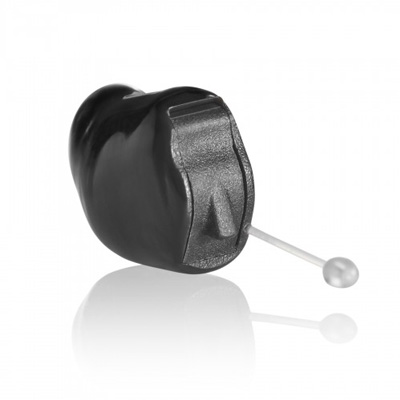 | Starkey SoundLens iQ 1600 | Call for price |
–
–
Advanced Hearing Aid Models
| Picture | Model | Price |
 | Starkey Circa AI 2000 | Call for price |
 | Starkey Livio AI 2000 | 300,000.00৳ |
 | Starkey Livio Edge AI 2000 | Call for price |
 | Starkey Picasso 2000 | Call for price |
 | Starkey Muse iQ 2000 | Call for price |
 | Starkey SoundLens iQ i2400 | 400,000.00৳ |
 | Starkey Picasso i2400 | 420,000.00৳ |
 | Starkey Livio AI 2400 | 400,000.00৳ |
 | Starkey Livio Edge AI 2400 | Call for price |
–
–
Invisible & Rechargeable Hearing Aid Models
| Picture | Model | Price |
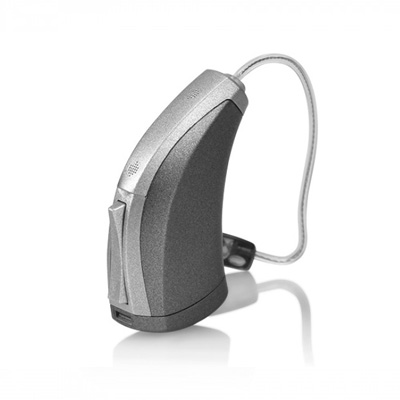 | Starkey Lyric 3 | Call for price |
 | Starkey Lyric 4 | Call for price |
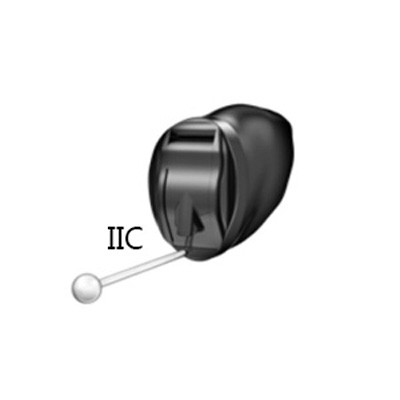 | Starkey Evolv AI 1200 | 115,000.00৳ |
 | Starkey Evolv AI 1600 | 220,000.00৳ |
 | Starkey Evolv AI 2000 | 320,000.00৳ |
 | Starkey Evolv AI 2400 | 500,000.00৳ |
 | Starkey Livio AI Rechargeable | Call for price |
 | Starkey Livio Edge AI Rechargeable | Call for price |
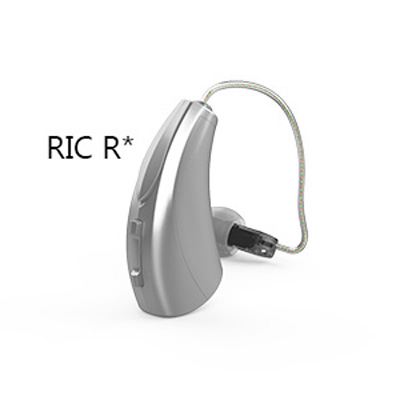 | Starkey Evolv AI Rechargeable | 500,000.00৳ |
–
–
Hearing Aid Models for Tinnitus Treatment
| Picture | Model | Price |
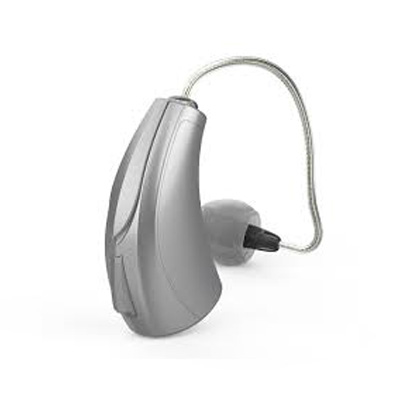 | Starkey Muse iQ Tinnitus | Call for price |
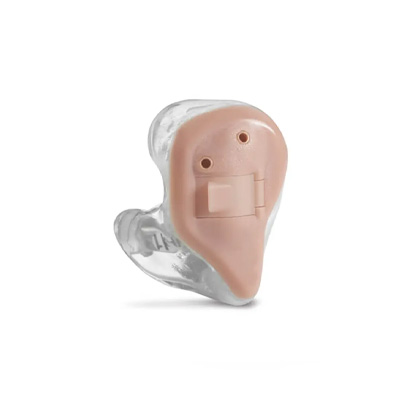 | Starkey Picasso Tinnitus | Call for price |
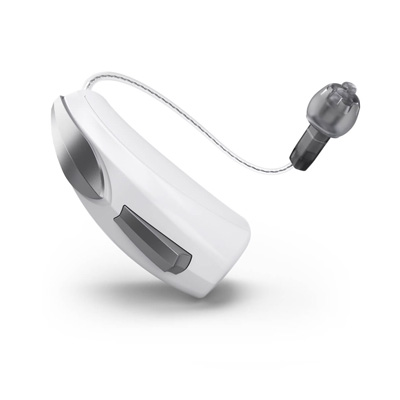 | Starkey Livio AI Tinnitus | Call for price |
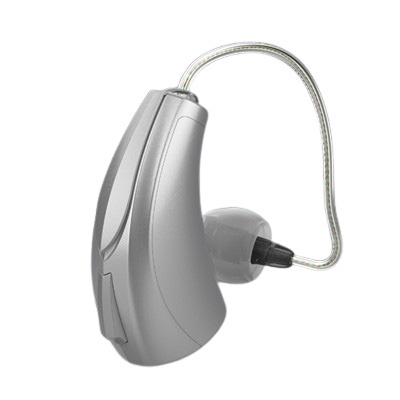 | Starkey Evolv AI Tinnitus | Call for price |
–
–
Understanding Hearing Aids
Hearing aids are small electronic devices designed to help people hear better. They work by amplifying sounds and making them clearer for the wearer. These devices are especially helpful for individuals experiencing hearing loss, as they can enhance their ability to communicate and engage with the world around them.
Types Of Hearing Aid Devices
Behind-the-Ear (BTE) Hearing Aids:
Behind-the-ear (BTE) hearing aids consist of a small plastic casing worn behind the ear, connected to a custom earpiece that fits inside the ear canal. They are suitable for individuals with mild to profound hearing loss and offer features like directional microphones, telecoil technology, and wireless connectivity. BTE hearing aids are known for their durability, ease of handling, and ability to accommodate various hearing aid accessories.
In-the-Ear (ITE) Hearing Aids:
In-the-ear (ITE) hearing aids are custom-made to fit inside the outer ear. They are larger than ITC and CIC hearing aids but offer more space for features like volume controls and directional microphones. ITE hearing aids are suitable for individuals with mild to severe hearing loss and are available in different styles, including full-shell and half-shell designs.
Receiver-in-Canal (RIC) Hearing Aids:
Receiver-in-canal (RIC) hearing aids consist of a small casing worn behind the ear and a thin wire that connects to a receiver placed inside the ear canal. They offer a comfortable and discreet solution for individuals with mild to moderate hearing loss. RIC hearing aids are known for their natural sound quality, open-fit design, and compatibility with wireless accessories.
Invisible-in-the-Canal (IIC) Hearing Aids:
Invisible-in-the-canal (IIC) hearing aids are designed to be discreet and almost invisible when worn. They fit deep inside the ear canal, making them virtually undetectable to others. IIC hearing aids are suitable for individuals with mild to moderate hearing loss and offer features like extended wear, natural sound quality, and remote control options.
In-the-Canal (ITC) Hearing Aids:
In-the-canal (ITC) hearing aids are custom-made to fit partially inside the ear canal. They are smaller than ITE hearing aids and offer a balance between visibility and functionality. ITC hearing aids are suitable for individuals with mild to moderate hearing loss and offer features like volume control, directional microphones, and feedback cancellation.
Completely-in-the-Canal (CIC) Hearing Aids:
Completely-in-the-canal (CIC) hearing aids are the smallest type of custom hearing aids available. They fit entirely inside the ear canal, making them virtually invisible when worn. CIC hearing aids are suitable for individuals with mild to moderate hearing loss and offer features like remote control, wireless connectivity, and advanced signal processing technology.
Micro-Canal Hearing Aids
MC, or Micro-Canal, hearing aids belong to the completely-in-the-canal (CIC) category, designed to be exceptionally small and discreet, fitting deep inside the ear canal. Custom-made for precise fit, they are nearly invisible when worn, catering to individuals with mild to moderate hearing loss who seek both effective amplification and cosmetic appeal. While offering inconspicuousness and improved sound quality due to their close placement to the eardrum, MC hearing aids may pose challenges for those with smaller ear canals and require careful handling. Consulting with a hearing care professional is crucial to determine suitability based on individual needs and preferences.
Custom Hearing Aids:
Custom hearing aids are individually crafted to fit the unique shape and size of the wearer’s ear. They are designed to sit comfortably within the ear canal or outer ear, providing a personalized and discreet solution for hearing loss. Custom hearing aids are available in several styles, such as in-the-ear (ITE), in-the-canal (ITC), and completely-in-the-canal (CIC), etc. offering different levels of visibility and functionality based on the wearer’s preferences and hearing needs.
Each type of hearing aid offers unique advantages and considerations, and the best option depends on factors like the degree of hearing loss, lifestyle preferences, and cosmetic concerns. Consulting with a hearing care professional can help individuals determine the most suitable type of hearing aid for their needs.
Entry-Level Vs. Premium Hearing Aids
When considering hearing aids, one of the primary decisions individuals face is whether to opt for entry-level or premium devices. Each option comes with its own set of features, benefits, and considerations, catering to different needs and budgets.
Entry-Level Hearing Aids
Affordability
– Entry-level hearing aids typically come at a lower price point compared to premium models, making them more accessible to individuals with limited budgets or those exploring hearing aids for the first time.
Basic Features
– These devices usually offer essential features such as amplification and noise reduction to improve speech clarity in quiet environments.
– They may have fewer advanced features and customization options compared to premium models.
Simplicity
– Entry-level hearing aids are often designed with simplicity in mind, making them easy to use for individuals who prefer a straightforward approach to hearing assistance.
Suitable for Mild to Moderate Hearing Loss
– They are typically suitable for individuals with mild to moderate hearing loss, providing sufficient amplification for everyday communication needs.
Premium Hearing Aids
Advanced Technology
– Premium hearing aids boast cutting-edge technology, including sophisticated signal processing, artificial intelligence, and adaptive features.
– These devices offer superior sound quality and performance in various listening environments, including noisy settings and challenging listening situations.
Customization and Personalization
– Premium models often provide extensive customization options, allowing audiologists to tailor settings to the user’s unique hearing profile and preferences.
– They may feature advanced programming capabilities and smartphone apps for fine-tuning and adjusting settings remotely.
Enhanced Connectivity
– Premium hearing aids offer seamless connectivity to smartphones, TVs, and other Bluetooth-enabled devices, enabling direct streaming of audio and hands-free calls.
– They may also include features like remote microphone streaming and geo-tagged settings for automatic adjustments based on location.
Suitable for All Levels of Hearing Loss
– Premium hearing aids are suitable for a wide range of hearing loss, from mild to profound, offering the necessary amplification and signal processing for optimal hearing performance.
Considerations
– Budget: Your budget plays a significant role in determining whether entry-level or premium hearing aids are the right choice for you. Consider your financial situation and prioritize features that are most important for your hearing needs.
– Lifestyle and Preferences: Assess your lifestyle, daily activities, and communication needs to determine the level of technology and features that will best suit your lifestyle.
– Consultation with an Audiologist: Consult with an audiologist to undergo a thorough hearing assessment and discuss your options. They can provide personalized recommendations based on your hearing loss, preferences, and budget.
– Trial Period: Many hearing aid providers offer trial periods, allowing you to test different models before making a final decision. Take advantage of these opportunities to ensure you find the right fit for your needs.
Whether you opt for entry-level or premium hearing aids, the most important aspect is finding a solution that improves your hearing and enhances your quality of life. Don’t hesitate to reach out to a hearing care professional for guidance and support in selecting the best hearing aids for you.
Accessories and Additional Services
Starkey is famous not only for its high-quality hearing aids but also for its comprehensive range of accessories and additional services that enhance the user experience and provide holistic hearing solutions. These accessories and services are designed to improve functionality, convenience, and overall satisfaction for hearing aid users.
Starkey Accessories
Starkey offers a variety of accessories that complement their hearing aids, providing users with enhanced connectivity, better maintenance, and increased convenience.
Starkey is renowned for its high-quality hearing aids and an extensive range of accessories designed to enhance the user experience. These accessories include batteries, cleaning tools, and various connectivity options, all aimed at ensuring optimal performance and user convenience.
Batteries
– Standard Batteries: Starkey provides a range of disposable hearing aid batteries (sizes 10, 13, 312, and 675) that are known for their reliability and long life. These batteries are essential for non-rechargeable hearing aids, offering consistent power for daily use.
– Rechargeable Batteries: For users with rechargeable hearing aids, Starkey offers advanced lithium-ion batteries that provide a full day of power with just a few hours of charging. These environmentally friendly batteries eliminate the need for frequent replacements and are designed for long-term use.
Cleaning Tools
– Cleaning Kits: Starkey’s comprehensive cleaning kits include tools like brushes, wax picks, and cleaning cloths. These kits help users maintain their hearing aids, ensuring they remain free from earwax and debris, which can affect performance.
– Drying Stations: These devices remove moisture from hearing aids, which is crucial for preventing damage and maintaining functionality, especially in humid environments.
– Cleaning Wipes: Antibacterial wipes are available for quick and easy cleaning of hearing aids, keeping them hygienic and in good working condition.
Wireless Accessories
– TV Streamers: Starkey’s TV streamers transmit audio from televisions directly to hearing aids, providing clear and synchronized sound for an enhanced viewing experience.
– Remote Microphones: These accessories capture sound from a specific source, such as a speaker in a noisy environment, and send it directly to the hearing aids, improving speech understanding in challenging listening situations.
– Remote Controls: Compact remote controls allow users to adjust volume and settings discreetly, providing easy and quick access to hearing aid functions without needing to touch the devices.
– Bluetooth Adapters: These adapters enable older hearing aids to connect to Bluetooth-enabled devices, such as smartphones, tablets, and computers, allowing for direct streaming of calls, music, and other audio content.
Charging Solutions
– Rechargeable Hearing Aid Chargers: Starkey’s rechargeable hearing aids come with specialized chargers that provide a full day’s power with just a few hours of charging, eliminating the need for disposable batteries.
– Portable Charging Cases: These cases offer on-the-go charging solutions, ensuring that users have access to power even when away from home.
Earmolds and Customization
– Custom Earmolds: For users requiring a more tailored fit, Starkey provides custom earmolds that are designed based on the unique shape of the user’s ear, enhancing comfort and sound quality.
– Domes and Ear Tips: Various sizes and styles of domes and ear tips are available to ensure a secure and comfortable fit for all users.
Additional Services
Starkey’s commitment to comprehensive hearing care extends beyond their products to a range of services designed to support users throughout their hearing journey.
Professional Support and Consultation
– Audiologist Consultations: Starkey offers access to professional audiologists who provide personalized consultations, helping users select the right hearing aids and accessories for their specific needs.
– Fitting and Programming: Professional fitting services ensure that hearing aids are correctly programmed and adjusted to the user’s hearing loss profile, lifestyle, and preferences.
Educational Resources
– User Manuals and Tutorials: Comprehensive manuals and video tutorials are available to help users understand and operate their hearing aids and accessories.
– Hearing Health Information: Starkey provides a wealth of information on hearing health, helping users and their families understand the importance of hearing care and how to manage hearing loss effectively.
Starkey’s range of accessories and additional services enhances the functionality and convenience of their hearing aids, providing users with a comprehensive hearing solution. Through advanced wireless accessories, customizable fittings, professional support, telehealth services, and educational resources, Starkey ensures that users receive not only high-quality hearing aids but also the support and tools they need for a better hearing experience.
Factors Influencing Hearing Aid Price
Hearing aid prices can vary significantly, influenced by several factors that encompass technology, features, manufacturing processes, and market dynamics. Here are the primary factors influencing the cost of hearing aids:
Technology Level
The level of technology integrated into a hearing aid is one of the most significant determinants of its price. Advanced digital hearing aids, which offer features like noise reduction, feedback cancellation, and automatic adjustment to different environments, tend to be more expensive than basic analog models.
Features and Customization
Hearing aids come with a range of features that can affect their price. Some of these features include:
– Directional microphones: Improve the ability to hear in noisy environments.
– Bluetooth connectivity: Allows for wireless streaming from phones, TVs, and other devices.
– Rechargeable batteries: Provide convenience but often at a higher cost.
– Tinnitus masking: Helps manage symptoms of tinnitus.
– Telecoil: Enhances listening in public places equipped with hearing loops.
Design and Comfort
The physical design and comfort of the hearing aid also play a role in pricing. Custom-molded devices that fit the unique shape of an individual’s ear canal are generally more expensive than standard models. Additionally, smaller, more discreet designs such as completely-in-the-canal (CIC) or invisible-in-the-canal (IIC) hearing aids can command higher prices due to the complexity of miniaturization.
Brand and Manufacturer
Different brands position their products at various price points. Premium brands with a reputation for quality, advanced technology, and reliable customer service often charge more for their hearing aids. Moreover, research and development costs, marketing, and brand prestige can add to the overall price.
Research and Development
Significant investment in research and development (R&D) by hearing aid manufacturers leads to better, more innovative products. The costs associated with R&D are often reflected in the price of new, cutting-edge hearing aids that incorporate the latest advancements in audiology and sound processing.
Professional Services
The cost of hearing aids often includes professional services provided by audiologists or hearing aid specialists. These services can encompass:
– Hearing tests and consultations: Essential for determining the right type of hearing aid.
– Fitting and customization: Ensures the hearing aid is adjusted to the user’s specific hearing loss profile.
– Follow-up care and adjustments: Ongoing support to optimize the performance of the hearing aid.
– Warranties and repairs: Cover potential defects and maintenance needs over a specified period.
Market and Distribution
The market structure and distribution channels can influence hearing aid prices. Traditional retail models, where hearing aids are sold through audiology clinics, often have higher prices due to the added value of personalized service and overhead costs. However, direct-to-consumer models, where hearing aids are purchased online or through big-box retailers, can sometimes offer lower prices by reducing intermediaries.
Regulatory and Insurance Factors
Regulations and insurance coverage can also impact the cost of hearing aids. In some regions, insurance may cover part or all of the cost, potentially influencing the pricing strategies of manufacturers and sellers. Regulatory requirements for medical devices can add to development and compliance costs, which are then passed on to consumers.
Economic Factors
Broader economic factors, such as inflation, currency exchange rates, and economic stability, can affect the price of hearing aids. Economic conditions can influence the cost of raw materials, manufacturing, and distribution, ultimately impacting retail prices.
Volume and Scale
The production volume and scale of operations of a manufacturer can influence prices. Larger companies with higher production volumes can benefit from economies of scale, potentially offering lower prices compared to smaller manufacturers with limited production runs.
Understanding these factors can help consumers make informed decisions when purchasing hearing aids, balancing their needs and preferences with their budget.
Importance of Proper Hearing Aid Selection and Fitting
Personalized Assessment by Hearing Care Professionals:
The significance of undergoing a comprehensive assessment conducted by qualified audiologists or hearing care professionals cannot be understated. This initial step allows for the identification of the individual’s specific hearing needs, considering factors such as the degree and type of hearing loss, lifestyle preferences, and budget constraints.
Tailoring Hearing Solutions to Individual Needs:
Proper hearing aid selection involves matching the individual’s hearing profile with the most suitable type and features of hearing aid. This tailored approach ensures that the chosen device effectively addresses the wearer’s unique requirements, maximizing its benefits in terms of speech clarity, sound quality, and overall auditory experience.
Precision Fitting for Comfort and Performance:
The fitting process plays a crucial role in ensuring the comfort, functionality, and performance of the hearing aid. Customization of the device to fit the wearer’s ear anatomy precisely is essential to prevent discomfort, irritation, and pain associated with ill-fitting devices. Moreover, precise fitting optimizes sound capture and amplification, minimizing the risk of feedback or whistling and enhancing the wearer’s overall satisfaction with the device.
Consideration of Lifestyle and Communication Needs:
Proper hearing aid selection takes into account the wearer’s lifestyle and communication needs. Factors such as the wearer’s daily activities, social interactions, and environmental conditions influence the choice of hearing aid features and technologies. For example, individuals with active lifestyles may benefit from hearing aids with advanced noise reduction capabilities, while those who frequently engage in conversations may require directional microphone systems for improved speech understanding in noisy environments.
Education and Counseling for Successful Adaptation:
Adequate education and counseling are essential components of the hearing aid fitting process. Hearing care professionals provide guidance on the proper use and maintenance of hearing aids, as well as strategies for managing expectations and adapting to wearing hearing devices. This support helps individuals overcome potential challenges and ensures a smooth transition to wearing hearing aids.
Monitoring and Follow-Up Care:
Ongoing monitoring and follow-up care are crucial for the long-term success of hearing aid users. Regular appointments with the audiologist or hearing care professional allow for adjustments to the hearing aid settings as needed, ensuring optimal performance and addressing any changes in the wearer’s hearing status. Additionally, periodic evaluations help to assess the effectiveness of the hearing aids and make any necessary modifications to enhance the wearer’s overall satisfaction and quality of life.
Starkey: A Leading Brand and Manufacturer
Starkey is a reputable brand and manufacturer in the hearing aid industry, known for its innovation, quality, and customer-centric approach. The brand has established itself as a leader by offering a wide range of hearing solutions that cater to various degrees of hearing loss and lifestyle needs.
Innovation and Technology
Starkey is at the forefront of technological advancements in hearing aids. The company integrates state-of-the-art technology into its products, such as:
– Digital Signal Processing (DSP): Enhances sound clarity and reduces background noise, providing a more natural hearing experience.
– Bluetooth Connectivity: Allows users to connect their hearing aids to smartphones, televisions, and other devices, enabling direct streaming of calls, music, and other audio.
– Rechargeable Batteries: Offers convenience and sustainability, eliminating the need for regular battery replacements.
– Artificial Intelligence (AI): Utilizes AI to adapt to different listening environments automatically, improving user comfort and sound quality.
Product Range
Starkey offers a diverse range of hearing aids designed to meet different levels of hearing loss and user preferences. Their product lineup includes:
– Behind-the-Ear (BTE) Hearing Aids: Suitable for severe hearing loss, these devices are known for their power and durability.
– In-the-Ear (ITE) Hearing Aids: Custom-molded to fit the user’s ear, offering a discreet option with advanced functionality.
– Receiver-in-Canal (RIC) Hearing Aids: Combines the advantages of BTE and ITE designs, providing a balance of comfort and performance.
– Invisible-in-Canal (IIC) Hearing Aids: These nearly invisible devices are designed for mild to moderate hearing loss and are favored for their discretion.
Customization and User Experience
Starkey emphasizes personalized hearing solutions. Their products are often tailored to individual audiograms, ensuring that each user receives optimal amplification for their specific hearing loss profile. The brand also offers:
– Mobile Apps: These apps allow users to control their hearing aids’ settings, monitor their hearing health, and receive updates and support from their smartphones.
– Telehealth Services: Provides remote consultations and adjustments, making it easier for users to access professional care without visiting a clinic.
Customer Support and Services
Starkey is known for its exceptional customer service. The brand offers extensive support through:
– Professional Consultations: Audiologists and hearing care professionals work closely with customers to assess their needs and recommend suitable hearing solutions.
– Warranties and Maintenance Plans: These ensure long-term reliability and performance of their hearing aids, providing peace of mind to users.
– Educational Resources: Starkey provides information and training on hearing health and the effective use of hearing aids, empowering users to take control of their auditory well-being.
Market Presence and Reputation
With a strong market presence globally, Starkey has built a reputation for reliability and excellence. The brand is often recommended by audiologists and is a preferred choice among users seeking high-quality hearing solutions. Starkey’s commitment to research and development continually drives the evolution of its products, ensuring they remain at the cutting edge of hearing aid technology.
Starkey stands out in the hearing aid market due to its blend of advanced technology, personalized solutions, and superior customer support. As a manufacturer, it remains dedicated to improving the quality of life for individuals with hearing loss through innovative and reliable hearing solutions.
Warranty and after-sales services
Starkey offers robust warranty programs to protect users’ investments in their hearing aids. The specifics of the warranty can vary based on the product and region, but generally include the following features.
Warranty
Standard Warranty Coverage
– Duration: Starkey typically provides a standard warranty period that ranges from one to three years, depending on the model and purchase agreement. This warranty covers defects in materials and workmanship.
– Repairs and Replacements: If a hearing aid fails due to manufacturing defects or material issues during the warranty period, Starkey will repair or replace the device at no additional cost to the user.
– Battery Warranty: For rechargeable hearing aids, Starkey often includes a warranty on the battery, ensuring that it will maintain its charging capacity for a specified period.
Extended Warranty Options
– Extended Coverage: Starkey offers extended warranty plans that can be purchased to prolong the standard warranty period, providing additional peace of mind for users who want longer-term protection.
– Accidental Damage: Some extended warranties may include coverage for accidental damage, protecting users against unexpected incidents that could affect their hearing aids.
After-Sales Services
Starkey’s commitment to customer care extends well beyond the initial purchase. The brand offers a range of after-sales services to support users throughout the lifespan of their hearing aids.
Professional Support and Maintenance
– Routine Check-ups: Starkey encourages regular check-ups with audiologists to ensure that hearing aids are functioning optimally. These check-ups can include cleaning, adjustments, and performance evaluations.
– Software Updates: To keep hearing aids performing at their best, Starkey provides software updates that can be applied during professional consultations or via connected devices if applicable.
Repair Services
– In-House Repairs: Starkey’s dedicated repair centers are equipped to handle a wide range of repairs, from minor adjustments to major component replacements. Skilled technicians ensure that hearing aids are restored to optimal condition.
– Loaner Devices: While a hearing aid is being repaired, Starkey often provides loaner devices to ensure that users are not without their hearing aids during the repair process.
Customer Support
– Hotline and Online Support: Starkey offers customer support through hotlines and online platforms, where users can get assistance with troubleshooting, device settings, and other inquiries. This support is available to address any concerns or questions users may have.
– Telehealth Services: For added convenience, Starkey provides telehealth services, allowing users to consult with audiologists remotely. This service is particularly useful for making adjustments and receiving professional advice without needing to visit a clinic.
Starkey’s warranty and after-sales services reflect the brand’s dedication to customer satisfaction and long-term hearing aid performance. With robust warranty coverage, professional support, repair services, and extensive educational resources, Starkey ensures that users receive continuous support and optimal functionality from their hearing aids. This commitment to after-sales service helps users feel confident and supported throughout their hearing journey.
Conclusion
In conclusion, while the cost of hearing aids in Bangladesh may present a financial challenge for some individuals, it’s essential to recognize the significant impact these devices can have on one’s quality of life. Despite varying price ranges, there are options available to suit different budgets and needs, whether it’s through government programs, nonprofit organizations, or private clinics offering financial assistance or installment plans.
It’s crucial for individuals experiencing hearing loss, as well as their loved ones, to explore all available avenues for acquiring hearing aids. By prioritizing hearing health and seeking out affordable options, individuals can significantly improve their communication, social interactions, and overall well-being.
If you or someone you know in Bangladesh is in need of hearing aids but are concerned about the cost, don’t hesitate to reach out for assistance. There are resources and support networks available to help you navigate the process and find a solution that fits your budget and lifestyle.
For more information or assistance with hearing aids in Bangladesh, feel free to contact us at +8801712522784 or 01712522784. Our team is here to provide guidance, answer any questions you may have, and help you take the first step towards better hearing health. Don’t let concerns about affordability stand in the way of experiencing the joy of clearer hearing and improved communication.
FAQs
What is the average cost of a hearing aid in Bangladesh?
The average cost of a hearing aid in Bangladesh can vary widely depending on the type, brand, and features. Generally, prices range from BDT 20,000 to BDT 100,000 or more. Basic models are on the lower end of the price spectrum, while advanced digital and rechargeable models tend to be more expensive.
Why do hearing aid prices vary so much?
Hearing aid prices vary due to several factors including the technology used, brand reputation, additional features (such as Bluetooth connectivity, noise reduction, and rechargeable batteries), and the level of customization required for the user.
Are there affordable hearing aid options available in Bangladesh?
Yes, there are affordable options available. Basic hearing aids can cost around BDT 20,000 to BDT 40,000. It’s important to consult with an audiologist to find a suitable option that meets both your hearing needs and budget.
Do health insurance plans in Bangladesh cover the cost of hearing aids?
Coverage for hearing aids under health insurance in Bangladesh is limited. Some insurance plans might offer partial coverage, but it’s essential to check with your insurance provider to understand the specifics of your policy.
Are there any government programs that assist with the cost of hearing aids in Bangladesh?
There are some government and non-governmental organizations in Bangladesh that provide assistance or subsidies for hearing aids, especially for children and low-income individuals. It is advisable to research and contact local health departments or social service organizations for more information.
Can I buy hearing aids online in Bangladesh, and are they cheaper?
Hearing aids can be purchased online in Bangladesh, and sometimes they are cheaper. However, it is crucial to ensure that the seller is reputable and that the hearing aids are genuine. Additionally, buying online might not provide the necessary after-sales support and fitting services that are essential for proper use.
How can I ensure I am getting a good quality hearing aid for the price?
To ensure you are getting a good quality hearing aid, it is important to consult with a certified audiologist who can recommend a device based on your specific hearing needs. Additionally, research the brand and model, read reviews, and verify that there is a warranty and after-sales support.
Do more expensive hearing aids offer better performance?
More expensive hearing aids typically offer advanced features such as better sound quality, noise reduction, Bluetooth connectivity, and rechargeability. However, the best choice depends on your specific hearing loss and lifestyle needs. Sometimes, a mid-range hearing aid might meet all your requirements effectively.
Are there any additional costs associated with hearing aids?
Yes, there can be additional costs including consultations with an audiologist, ear molds, fitting and tuning sessions, maintenance, repairs, and battery replacements. It’s important to consider these ongoing expenses when budgeting for a hearing aid.
Can I try a hearing aid before purchasing it?
Many audiologists and hearing aid providers in Bangladesh offer trial periods for hearing aids. This allows you to test the device and ensure it suits your needs before making a final purchase. Be sure to inquire about the terms and conditions of the trial period.
What brands of hearing aids are available in Bangladesh?
In Bangladesh, you can find various international and local brands of hearing aids including Starkey, Phonak, Siemens, Widex, Oticon, Resound, and Beltone. Each brand offers a range of models with different features and price points.
Are there financing options available for purchasing hearing aids?
Yes, some hearing aid providers and clinics offer financing options to help manage the cost of hearing aids. This can include installment payment plans or partnerships with financing companies. It’s advisable to ask your hearing aid provider about any available financing options.
How often do hearing aids need to be replaced?
Hearing aids typically need to be replaced every 3 to 7 years. The exact duration depends on the model, how well they are maintained, and whether your hearing needs change over time.
Can children get hearing aids for free or at a reduced cost?
Yes, there are programs and charities in Bangladesh that provide hearing aids to children at reduced costs or even for free. Organizations such as the Bangladesh Society for the Deaf and government health initiatives often support children with hearing impairments.
What features should I look for in a hearing aid?
When choosing a hearing aid, consider features such as digital noise reduction, directional microphones, feedback suppression, Bluetooth connectivity, compatibility with other devices (like smartphones and TVs), and whether the device is rechargeable or uses disposable batteries.
Do hearing aids come with a warranty?
Yes, most hearing aids come with a warranty that typically covers 1 to 3 years. The warranty usually includes repairs and replacements for manufacturing defects. It’s important to check the warranty details and what it covers when purchasing a hearing aid.
Are there any hidden costs I should be aware of?
Aside from the initial cost of the hearing aid, potential hidden costs include regular maintenance, batteries, replacement parts, software updates, and professional service fees for fitting and adjustments. Make sure to inquire about all potential additional costs.
What should I expect during the hearing aid fitting process?
The fitting process involves a consultation with an audiologist, who will assess your hearing needs and recommend suitable hearing aids. The audiologist will then fit the hearing aids, adjust them for comfort, and program them according to your specific hearing loss. Follow-up visits may be required to fine-tune the settings.
Can I upgrade my hearing aid later?
Yes, many hearing aid providers offer upgrade options if your hearing needs change or if you wish to benefit from new technology. Some providers might offer trade-in discounts for upgrading to newer models.
How can I maintain my hearing aid to ensure its longevity?
To maintain your hearing aid, clean it regularly according to the manufacturer’s instructions, keep it dry, replace batteries as needed, and schedule regular check-ups with your audiologist. Proper maintenance can significantly extend the life of your hearing aid.
Are hearing aids water-resistant or waterproof?
Some hearing aids are water-resistant, meaning they can handle minor exposure to moisture such as sweat or light rain. However, waterproof hearing aids are rare. It’s important to check the specifications of your hearing aid model and take precautions to protect it from water damage.
Can hearing aids be repaired if they break?
Yes, hearing aids can often be repaired if they break, depending on the extent of the damage and the warranty coverage. Minor repairs can usually be done by the provider, while major repairs may need to be sent to the manufacturer.
What should I do if my hearing aid stops working properly?
If your hearing aid stops working properly, check the battery and clean the device. If the problem persists, contact your audiologist or hearing aid provider for troubleshooting and potential repairs. Many providers offer quick repair services or loaner devices during repairs.
How do I know if I need one or two hearing aids?
The decision to use one or two hearing aids depends on the extent of your hearing loss in each ear. Most audiologists recommend using two hearing aids if you have hearing loss in both ears for better sound localization and balanced hearing. Your audiologist can provide personalized advice based on your hearing test results.
–
–
Related Article
You may also like other articles of National Hearing Care Center:
1. Hearing Aid Repair in Dhaka
2. Invisible Hearing Aid Price in Bangladesh
3. Hearing Aid Batteries in Bangladesh
5. Starkey Hearing Aid Price in Bangladesh
